On 10 August I, and some 100 other young people, will depart Utrecht to head south to Spain. Our destination: the World Youth Days in Madrid. Along the way to the ultimate celebration of faith, hope and love that is the vigil and Mass with people from all over the globe and united with our Holy Father, Pope Benedict XVI, we will stop at various places. The first is the Archdiocese of Zaragoza, where we will take part in the so-called Days in the Diocese as preparation for the actual WYD, which starts on 16 August.

The Metropolitan Archdiocese of Zaragoza is one of Spain’s 71 dioceses, archdioceses and other circumscriptions. It is an ancient diocese, tracing its history back to the 5th century, when it was named for Caesar Augustus. In 1318 it became an archdiocese.
As a metropolitan archdiocese it has four suffragan dioceses, indicated in light green on the map to the left: Barbastro-Monzón, Huesca, Tarazona and Teruel y Albarracín.
The city of Zaragoza, from which the archdiocese takes its name, is located on the Ebro river, and so is the cathedral church, the Catedral de El Salvador de la Seo. Zaragoza also has a co-cathedral, the Catedral Basílica de Nuestra Señora del Pilar, located just a few hundred meters upriver from the cathedral. This Basilica of Our Lady of the Pillar is built on the site where the Apostle St. James the Great saw an apparition of the Blessed Virgin in the year 40, even before her assumption into heaven. Subsequently, the place, tradition has it, became the site for the first church in the world dedicated to the Virgin Mary. Centrepiece of the basilica is the small wooden statue of the Virgin, given to the Apostle with the instruction to build a church in her honour.

Together with young pilgrims from Poland and Italy, we will be the guests of the clergy and faithful of the city and archdiocese. There will be cultural and spiritual events, in and around the city and in the co-cathedral. Just before our departure for Madrid, Archbishop Manuel Ureña Pastor is expected to offer Mass for us all, quite likely in concelebration with clergy from the archdiocese and from our own groups.

The five Days in the Diocese will be neatly divided in events for smaller and larger groups, as well as major events for all pilgrims. Among the latter will be a Christian art festival on the next to last day. The archdiocese offers a word of welcome and a schedule.
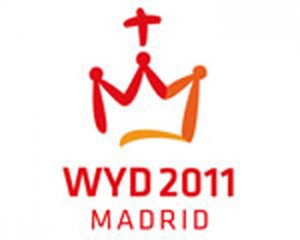
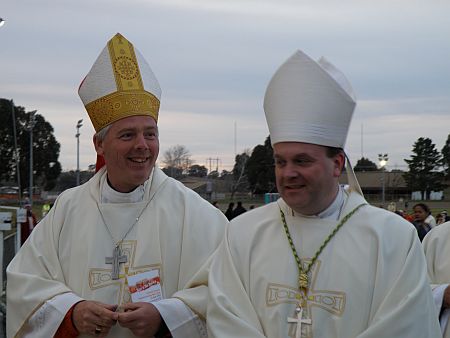
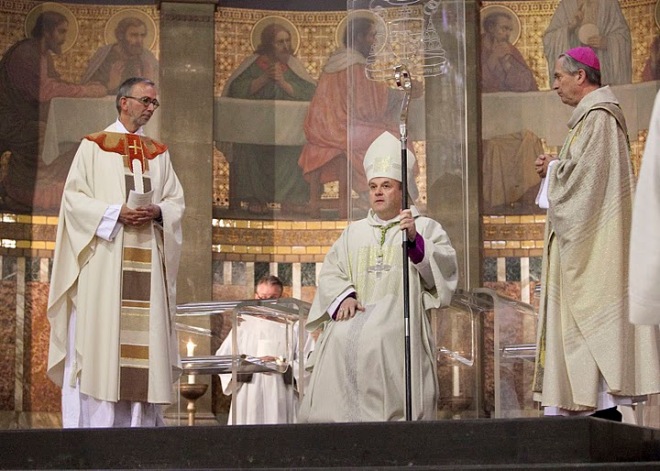 In the presence of bishops, the nuncio, chapter members and priests from the three dioceses associated with him, Bishop Hans van den Hende was installed as the fifth bishop of Rotterdam, yesterday.
In the presence of bishops, the nuncio, chapter members and priests from the three dioceses associated with him, Bishop Hans van den Hende was installed as the fifth bishop of Rotterdam, yesterday.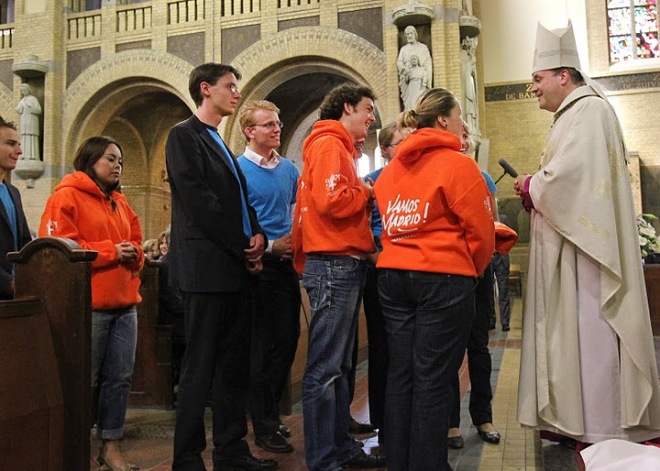
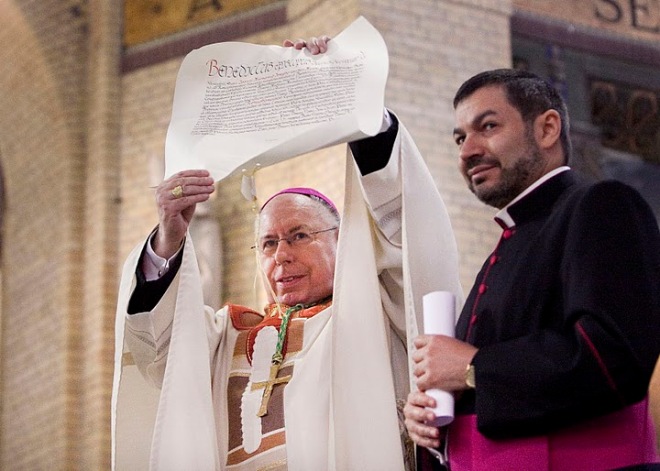

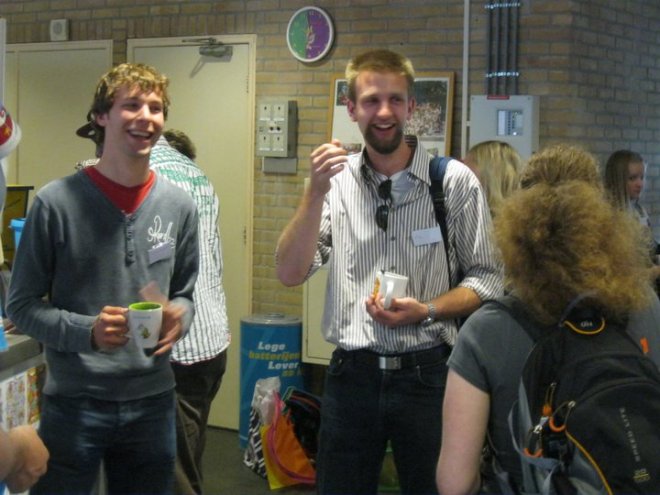

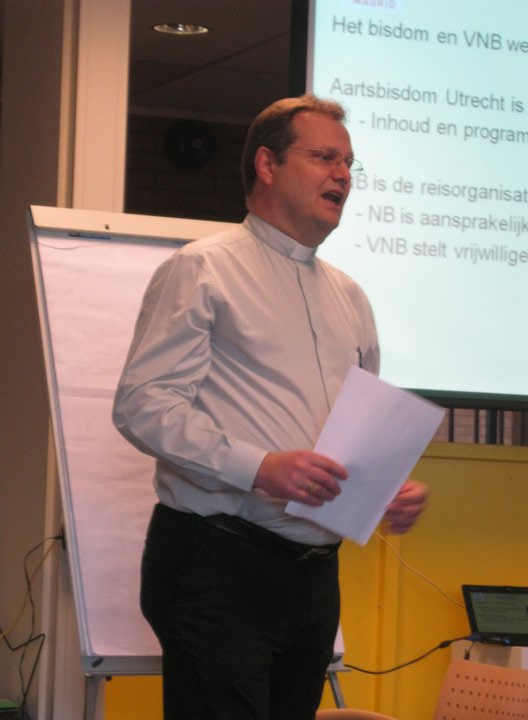


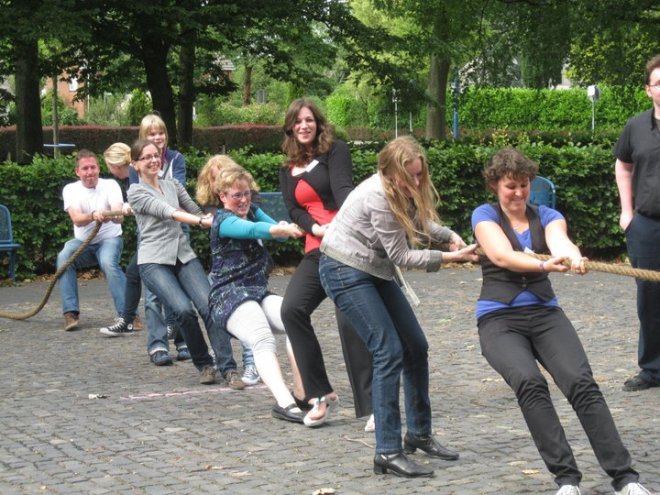


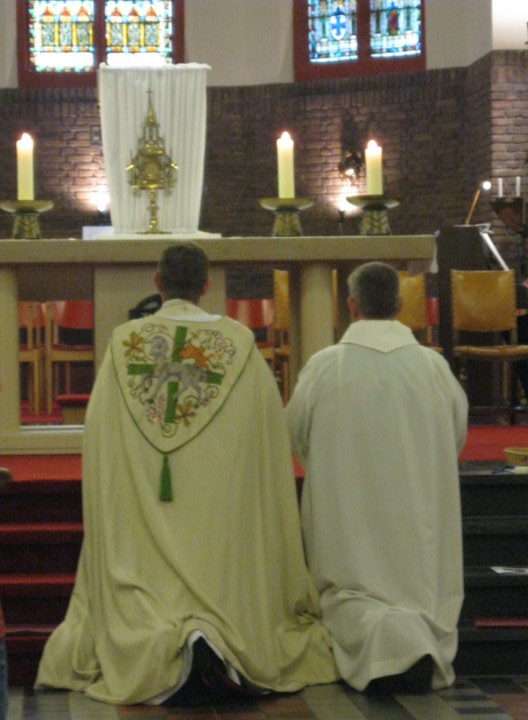
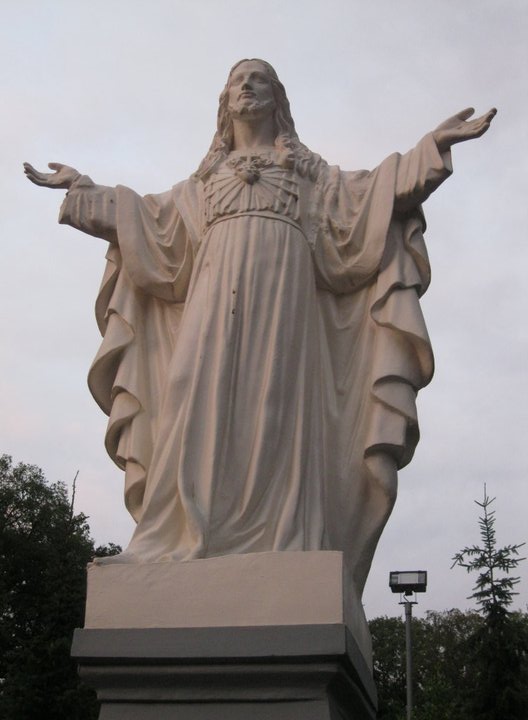
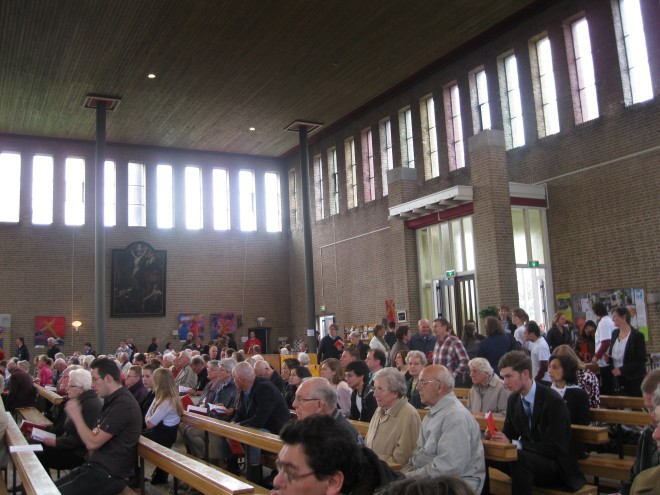
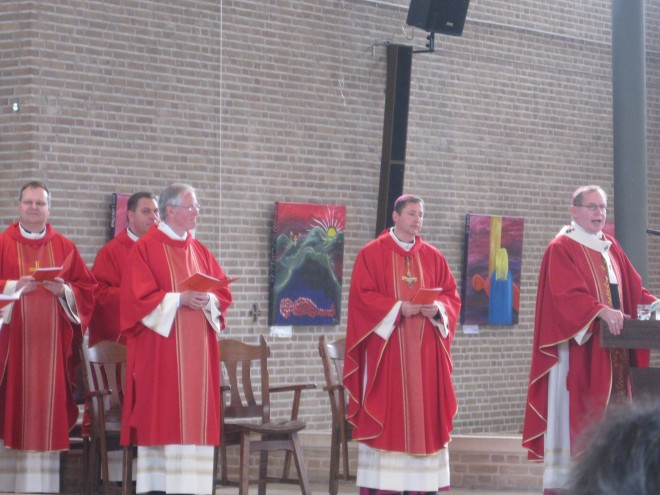
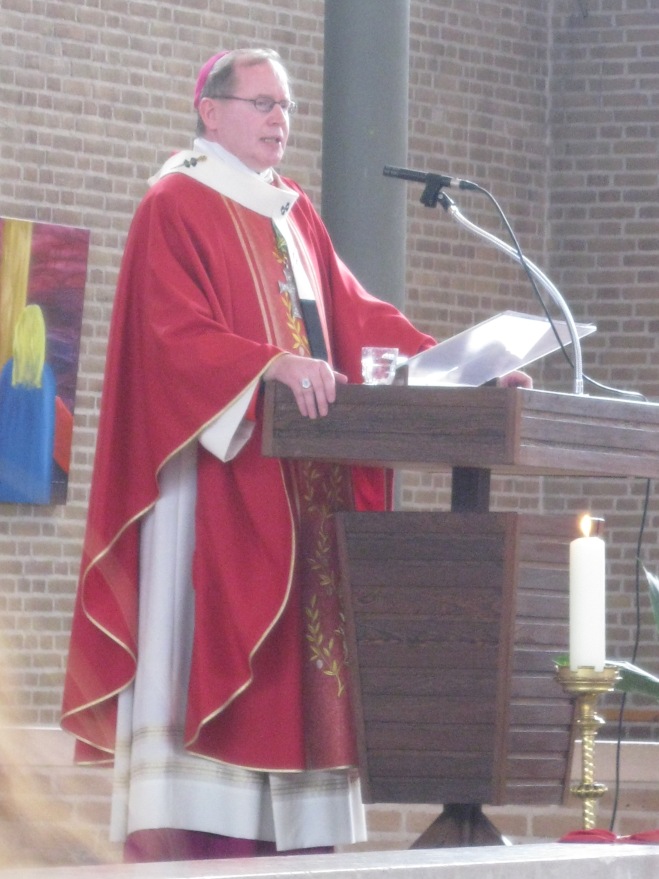
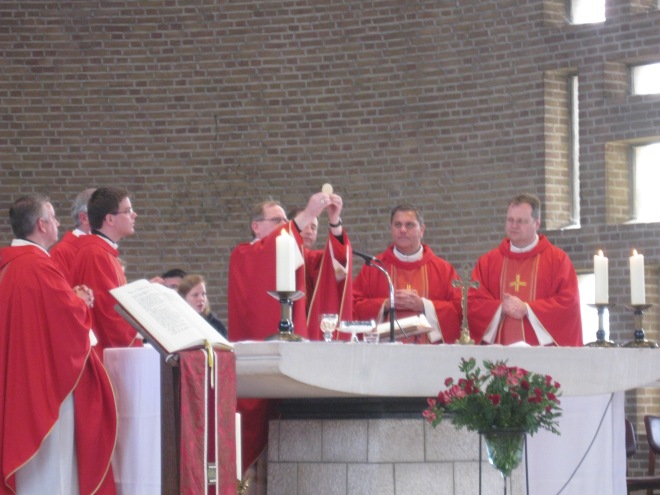
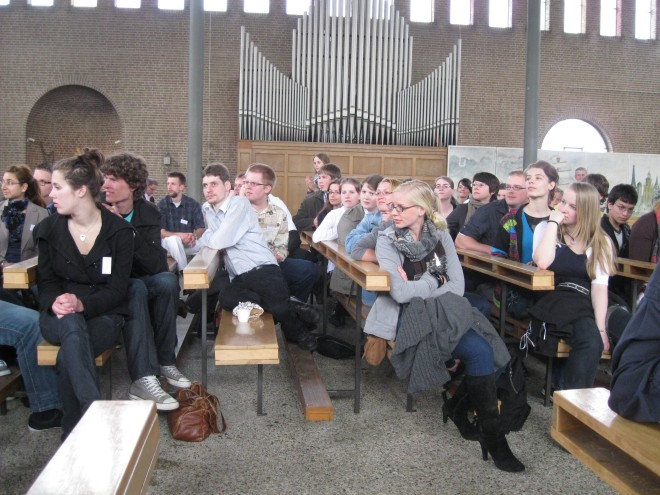
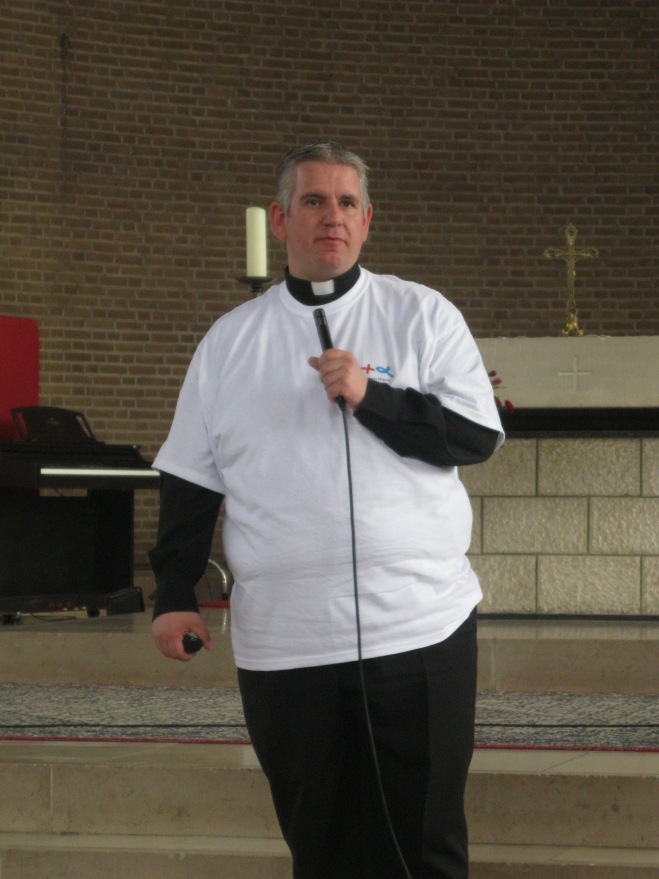

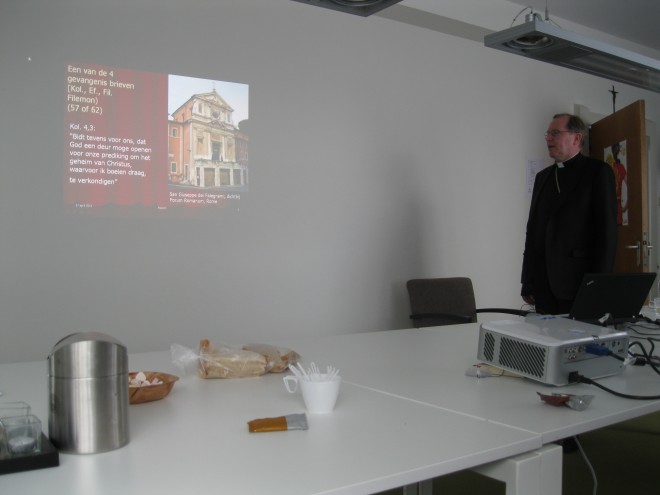

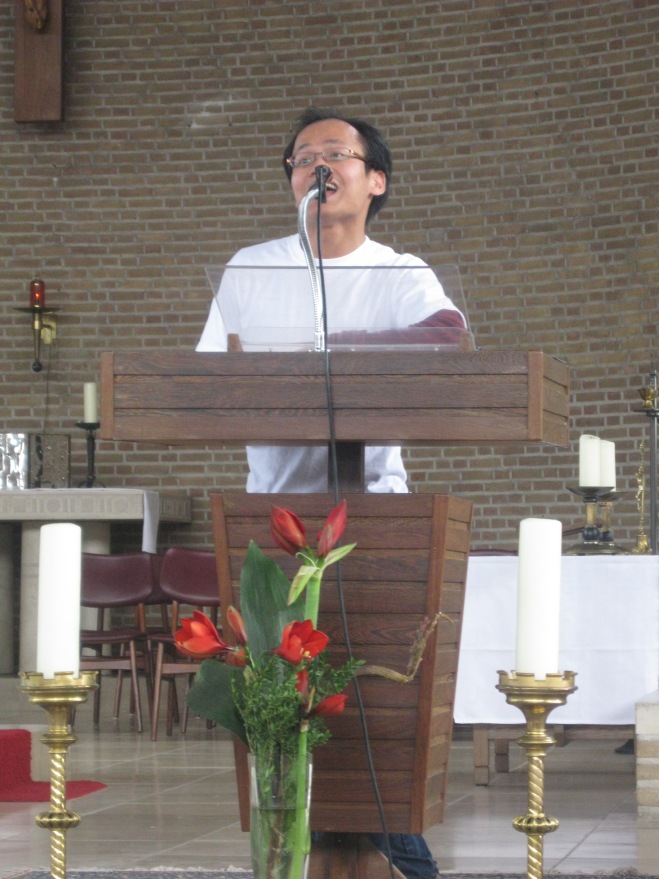

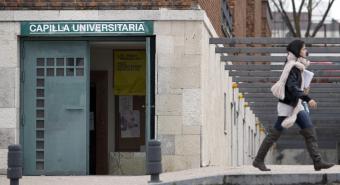
 This weekend, Pope Benedict XVI takes another stab at emulating his predecessor, the travelling pope. The Holy Father will be visiting Spain for the second time in his pontificate (his third visit will be next year, during the World Youth Days in Madrid). He will be visiting two cities in specific. Tomorrow morning he will fly to Santiago de Compostela, where he will meet with representatives of the Spanish bishops and offer Mass at the cathedral where, tradition says, the remains of Saint James the Apostle are buried. The main reason for the visit to this city is the Jubilee Year which is declared in every year that the feast day of St. James (25 July) falls on a Sunday.
This weekend, Pope Benedict XVI takes another stab at emulating his predecessor, the travelling pope. The Holy Father will be visiting Spain for the second time in his pontificate (his third visit will be next year, during the World Youth Days in Madrid). He will be visiting two cities in specific. Tomorrow morning he will fly to Santiago de Compostela, where he will meet with representatives of the Spanish bishops and offer Mass at the cathedral where, tradition says, the remains of Saint James the Apostle are buried. The main reason for the visit to this city is the Jubilee Year which is declared in every year that the feast day of St. James (25 July) falls on a Sunday.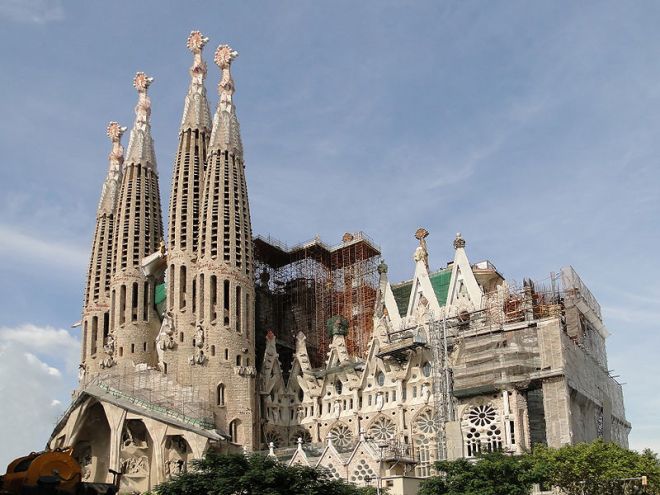
 Although it’s still a year away, Pope Benedict XVI has published a message for the World Youth Days of 2011 in Madrid. In a way the timing works: the pope’s message is very much an invitation and offers a decent selections of suggestion and thoughts that can help in preparing for the event. And since one usually sends invitations way in advance of the actual party, this message does the trick. The original text can be read
Although it’s still a year away, Pope Benedict XVI has published a message for the World Youth Days of 2011 in Madrid. In a way the timing works: the pope’s message is very much an invitation and offers a decent selections of suggestion and thoughts that can help in preparing for the event. And since one usually sends invitations way in advance of the actual party, this message does the trick. The original text can be read